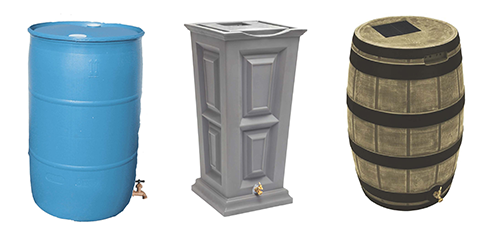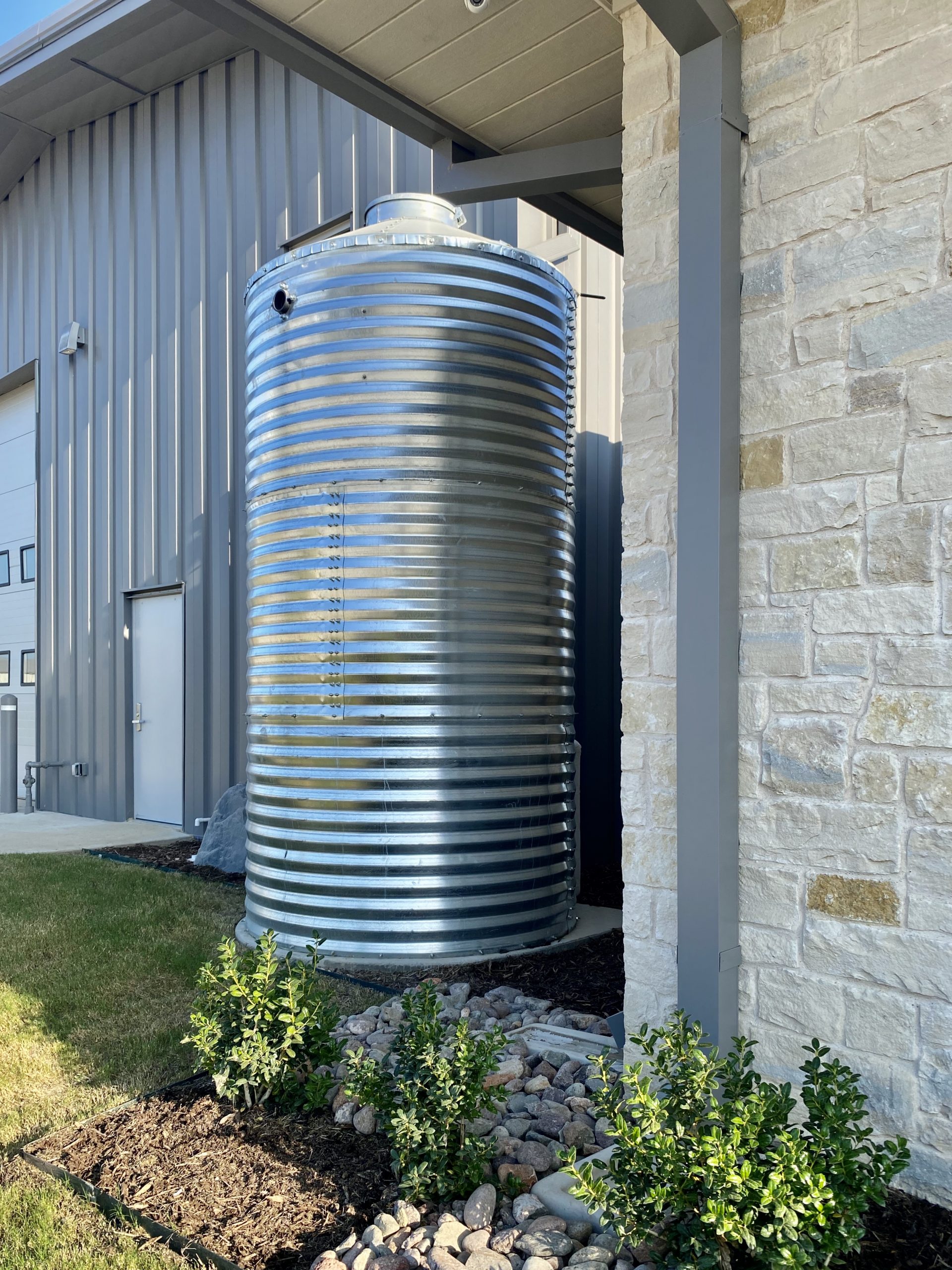
Rainwater Harvesting
PGCD receives the Texas Water Development Board’s Texas Rain Catcher Award
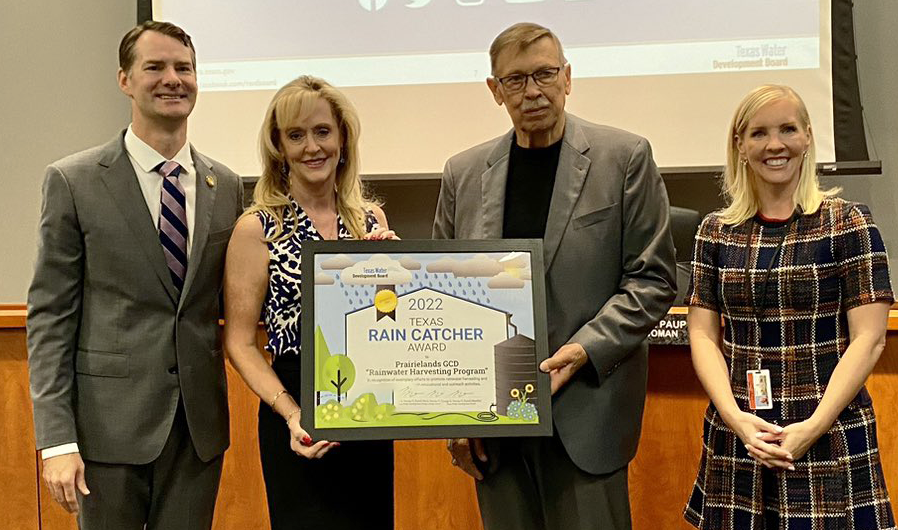 The Texas Water Development Board (TWDB) announced October 5, 2022 the recipients of its annual Texas Rain Catcher Award, a rainwater harvesting competition and recognition program. PGCD was recognized in the governmental category. The TWDB’s Texas Rain Catcher Award recognizes excellence in the application of rainwater harvesting systems in Texas, promotes rainwater harvesting technology, and educates the public on this critical water saving practice.
The Texas Water Development Board (TWDB) announced October 5, 2022 the recipients of its annual Texas Rain Catcher Award, a rainwater harvesting competition and recognition program. PGCD was recognized in the governmental category. The TWDB’s Texas Rain Catcher Award recognizes excellence in the application of rainwater harvesting systems in Texas, promotes rainwater harvesting technology, and educates the public on this critical water saving practice.
To read more about the award and how PGCD offsets the demands and potential environmental impacts at the District’s new office facility in Cleburne, Texas visit the links below:
Press Release: PGCD Receives the TWDB Texas Rain Catcher Award
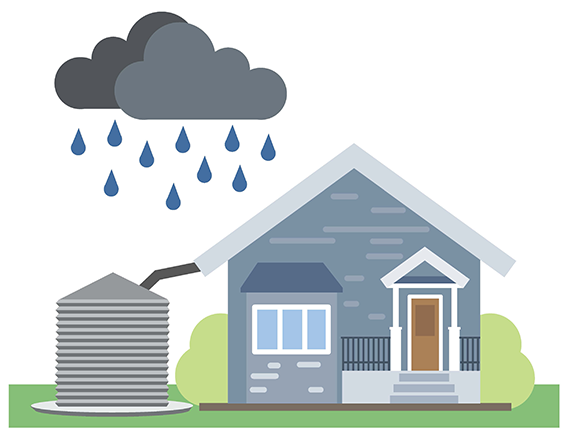 Rainwater harvesting is the capture, diversion, and storage of rainwater for a number of different purposes including landscape irrigation, drinking and domestic use, aquifer recharge, and stormwater abatement. In a residential or small-scale application, rainwater harvesting can be as simple as channeling rain running off an unguttered roof to a planted landscape area via contoured landscape. To prevent erosion on sloped surfaces, a bermed concave holding area down slope can store water for direct use by turfgrass or plants. More complex systems include gutters, pipes, storage tanks or cisterns, filtering, pump(s), and water treatment for potable use.
Rainwater harvesting is the capture, diversion, and storage of rainwater for a number of different purposes including landscape irrigation, drinking and domestic use, aquifer recharge, and stormwater abatement. In a residential or small-scale application, rainwater harvesting can be as simple as channeling rain running off an unguttered roof to a planted landscape area via contoured landscape. To prevent erosion on sloped surfaces, a bermed concave holding area down slope can store water for direct use by turfgrass or plants. More complex systems include gutters, pipes, storage tanks or cisterns, filtering, pump(s), and water treatment for potable use. Yes, there are several incentives for installing a rainwater harvesting system at your home or business. There is also statewide support for rainwater harvesting equipment.
Yes, there are several incentives for installing a rainwater harvesting system at your home or business. There is also statewide support for rainwater harvesting equipment.